Riding the autumn winds, the sandhill cranes are returning to the California Delta.
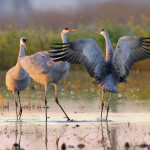
Sign up for our free weekly newsletter and understand everything better!

Riding the autumn winds, the sandhill cranes are returning to the California Delta.
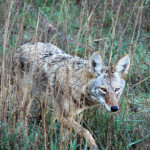
Coyotes have been remarkably resilient and tenacious, surviving—thriving, even—in our midst as a relict and a messenger from a much wilder California.
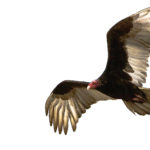
Turkey vultures are a common sight in the Bay Area, but we still know little about them.

Turkey vultures can locate food by scent alone — but it took naturalists a while to figure that out.
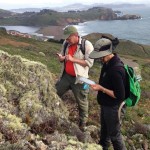
On the last weekend of March, 9,000 people armed with binoculars, butterfly nets, cameras, and smartphones, spread out over an archipelago of national park lands from Point Reyes in Marin County to Mori Point on the San Mateo coast. Their … Read more
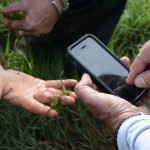
One of the most unexpected finds of the March Golden Gate National Parks bioblitz, at El Polin Springs in the Presidio, was a freshwater sponge, one of the most ancient forms of animal life.
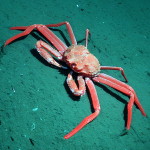
Like other aspects of climate science, ocean acidification (OA) science has created much debate, particularly when it comes to its impact on hard shelled sea creatures such as crabs.
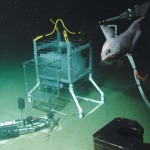
Seawater has historically been alkaline, but is increasingly becoming less so. What does this mean for the ocean ecosystem in general? And along the California coast in particular? We’re just beginning to figure that out.
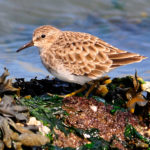
Our two local sandpipers are cute as buttons, hard to tell apart, and eat primordial ooze. What’s not to love?
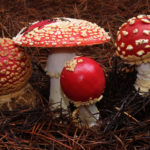
Culinary uses aside, fungi have their own aesthetic appeal: the spectral elegance of the amanitas, the vivid reds and greens of the waxy caps.